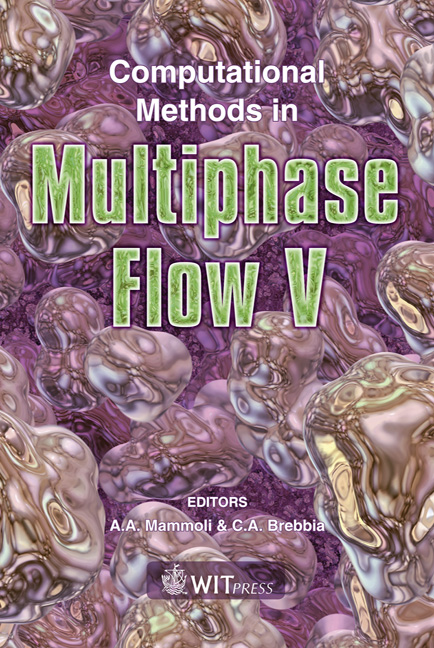Minimum Fluidization Velocity, Bubble Behaviour And Pressure Drop In Fluidized Beds With A Range Of Particle Sizes
Price
Free (open access)
Transaction
Volume
63
Pages
12
Page Range
227 - 238
Published
2009
Size
922 kb
Paper DOI
10.2495/MPF090201
Copyright
WIT Press
Author(s)
B. M. Halvorsen & B. Arvoh
Abstract
Fluidized beds are used in the production of pure silicon for solar cells. The particles are fully consumed during the reaction and the particles in the reactor have a large range of diameters. When the range of particle sizes is wide, the particles have a tendency to segregate. A series of experiments are performed to study the particle segregation and the influence of particle segregation on the bubble formation and flow behaviour. Experiments are performed in a two dimensional bed. The minimum fluidization velocity and the pressure drop have been measured. Spherical glass particles with different ranges of particle sizes are used in the experiments. Superficial gas velocities well above the minimum fluidization velocities are used in the study of segregation and bubble formation. Corresponding simulations are performed by using the commercial CFD code Fluent 6.3. The computational results are compared to the experimental data and the discrepancies are discussed. Keywords: fluidized bed, minimum fluidization velocity, particle size, pressure drop, particle segregation, fluent.
Keywords
fluidized bed, minimum fluidization velocity, particle size, pressure drop, particle segregation, fluent





